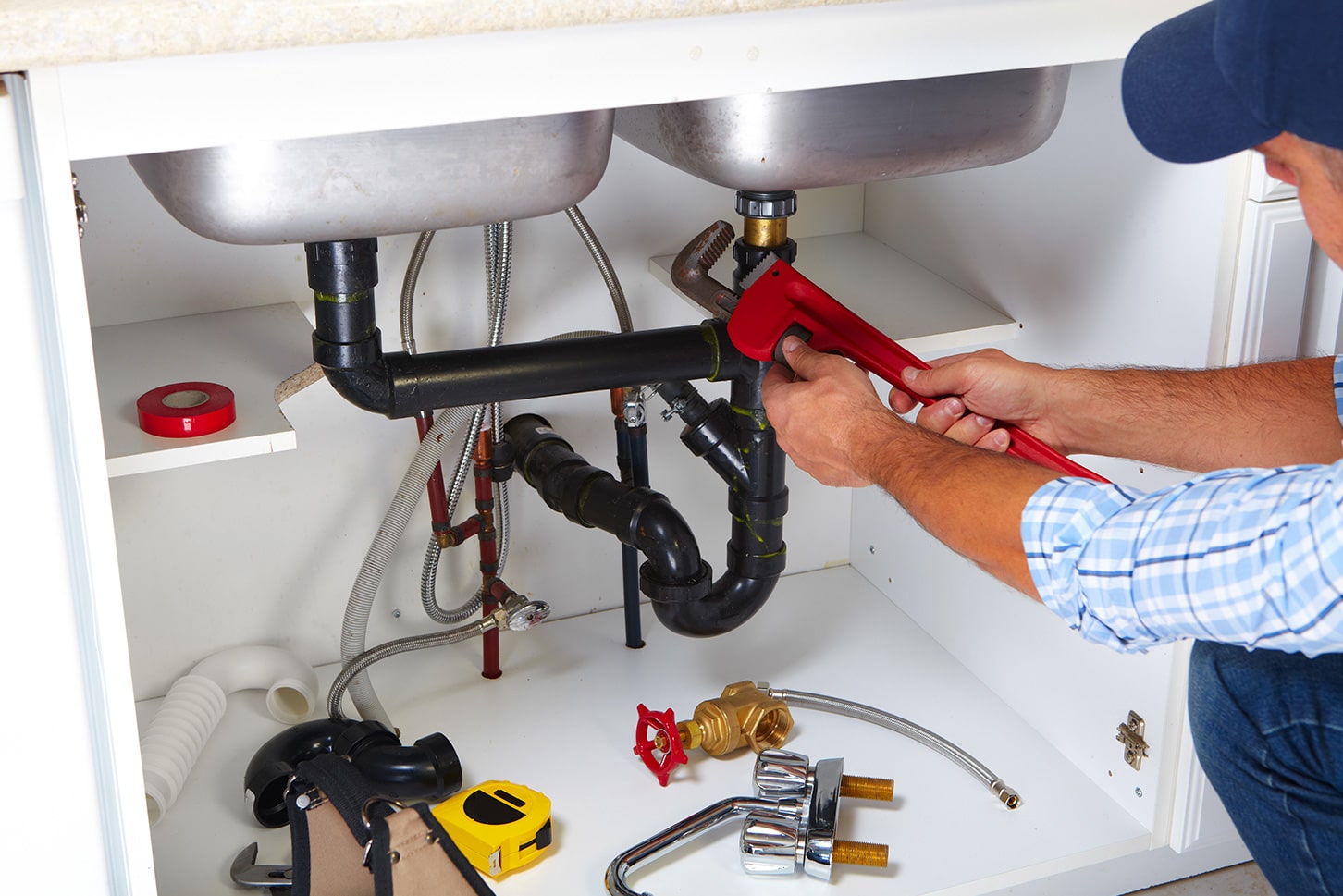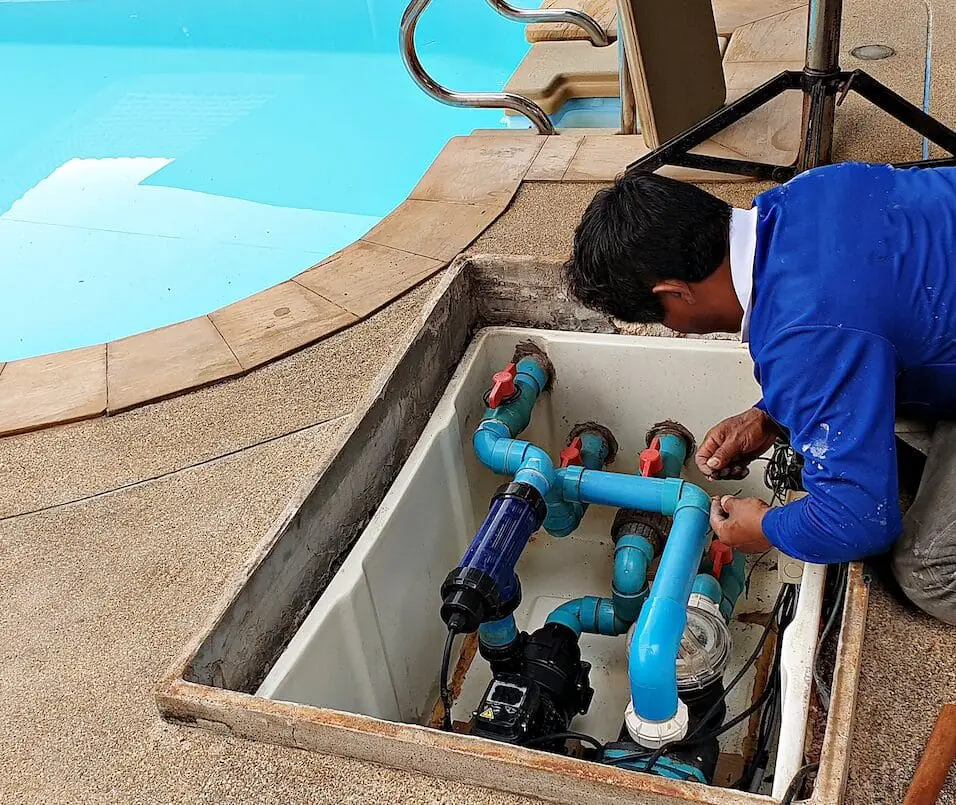What Is A Hose Bib In Plumbing
Introduction
What Is A Hose Bib In Plumbing: A hose bib, also known as a hose spigot, outdoor faucet, or garden tap. Is a common plumbing fixture used to provide water access outdoors. It is typically found on the exterior walls of residential homes. Commercial buildings and outdoor spaces such as gardens, yards, and patios. The primary purpose of a hose bib is to supply water for various outdoor activities. Such as watering plants, washing vehicles or cleaning outdoor surfaces.
A hose bib is designed to be durable and withstand outdoor conditions. It is usually made of brass, stainless steel, or another corrosion-resistant material to ensure longevity. The bib consists of a valve mechanism that controls the flow of water. A threaded spout where a garden hose can be attached, and a handle or knob for easy operation.
To install a hose bib, you have to connect it to the water supply lines that are already there. To do this, the plumbing system can be extended from the inside of the house to the outside wall. In places where i
There are different sizes and types of hose bibs to fit different needs and tastes. Some may have backflow preventers put in to keep dirty water from getting into the potable water supply. Others may have extra features, such as flow controls that can be adjusted or locking devices for extra safety.
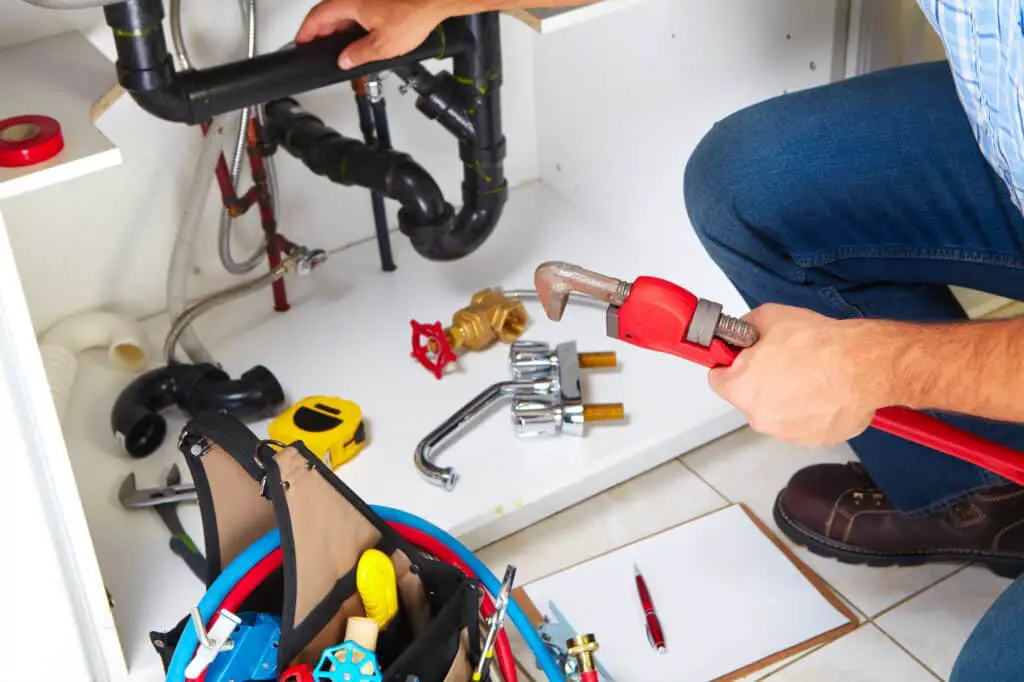
What are hose bibs called?
Sometimes called an outdoor faucet (and technically termed “sillcock”). A hose bibb is a valve where you attach your garden hose. House bibs are commonly known by various names depending on the region and context. Some of the most common alternative names for hose bibs include:
Outdoor Faucet
As the name suggests, an outdoor faucet refers to the hose bib located. On the exterior of a building or in outdoor spaces.
Garden Tap
It highlights the connection between the hose bib and its primary use in gardens. Where it provides water for watering plants and other gardening activities.
Bibcock
This is an older term that is less commonly used today but is still occasionally employed. It originates from the word “bibe” or “biber” in Old English, which means “to drink.” “Bibcock” is a more technical term, often used in plumbing and engineering contexts.
Outdoor Valve
This term describes the function of the hose bib as a valve that controls the flow of water. It emphasizes its role in regulating water access outdoors and differentiates it from other types of valves used in plumbing systems.
What is the use of hose bib?
A hose bib is a faucet that is designed to be used with a hose. Most homes have at least one hose bib; they are often located in the backyard or next to the garden hose. The hose bib provides a convenient way to water plants or wash the car without having to go inside the house. The primary use of a hose bib is to provide a convenient and controlled water source for various outdoor activities. Here are some common uses of hose bibs:
Watering Plants and Gardens
They allow users to attach a garden hose and easily control the water flow to ensure proper irrigation.
Washing Vehicles
Hose bibs are ideal for washing cars, motorcycles, bicycles, and other vehicles. The adjustable water flow and spray patterns provided by hose bibs make it easy to clean vehicles effectively.
Cleaning Outdoor Surfaces
Hose bibs are valuable for cleaning outdoor surfaces such as decks, patios, driveways, and sidewalks. They provide a convenient water source for pressure washers or simply using a hose and nozzle attachment.
Filling Pools and Hot Tubs
Hose bibs are frequently used to fill pools, hot tubs, and other large containers with water. Their location on the exterior of buildings makes it easy to connect hoses and add water without the need to transport it manually.
Outdoor Maintenance and DIY Projects
Hose bibs are useful for various outdoor maintenance tasks. They can be used for washing outdoor furniture, rinsing off gardening tools, or even providing water for construction or DIY projects that require a water source.
Emergency Water Supply
In case of emergencies or temporary water supply disruptions, hose bibs can serve as a backup water source. They provide a readily accessible supply of water for essential needs like drinking, cooking, or sanitation.
What type of thread is hose bib?
Most garden hose fittings are 3/4-inch or 5/8-inch. It depends on how big the inside of the hose is. Fittings for garden hoses come in different sizes as well. The most common size is 3/4-inch, or 11.5NH. It’s also great for business use at this size. The garden hose thread (GHT) is a standard thread that most hose bibs have. The garden hose thread is a type of thread that is often used to connect hoses and other tools for watering plants outside. In some places, it’s also called NH (National Hose) or NHR (National Hose Thread).
When purchasing hoses, nozzles, or other accessories for your hose bib, it is essential to ensure compatibility with the garden hose thread to ensure a proper and leak-free connection.
Do all houses have hose bibs?
Hose bibs, the outside faucets located on the exterior of the home—everyone has them, which means everyone has those typical problems that come along with them leaking, stains, and burst in the wintertime, among others.
Hose bibs are usually seen as a useful feature for using water outside, and you can find them on a lot of homes. They make it easy and convenient to do things like watering plants, washing cars, and cleaning up outside areas. When people build new homes or fix up old ones, hose bibs are often added to meet the needs and tastes of the homeowners.
It’s worth noting that the availability of hose bibs may vary depending on local building codes, regulations, and plumbing practices, so it’s important to consult with local professionals or authorities for specific information regarding the presence of hose bibs in a particular area.
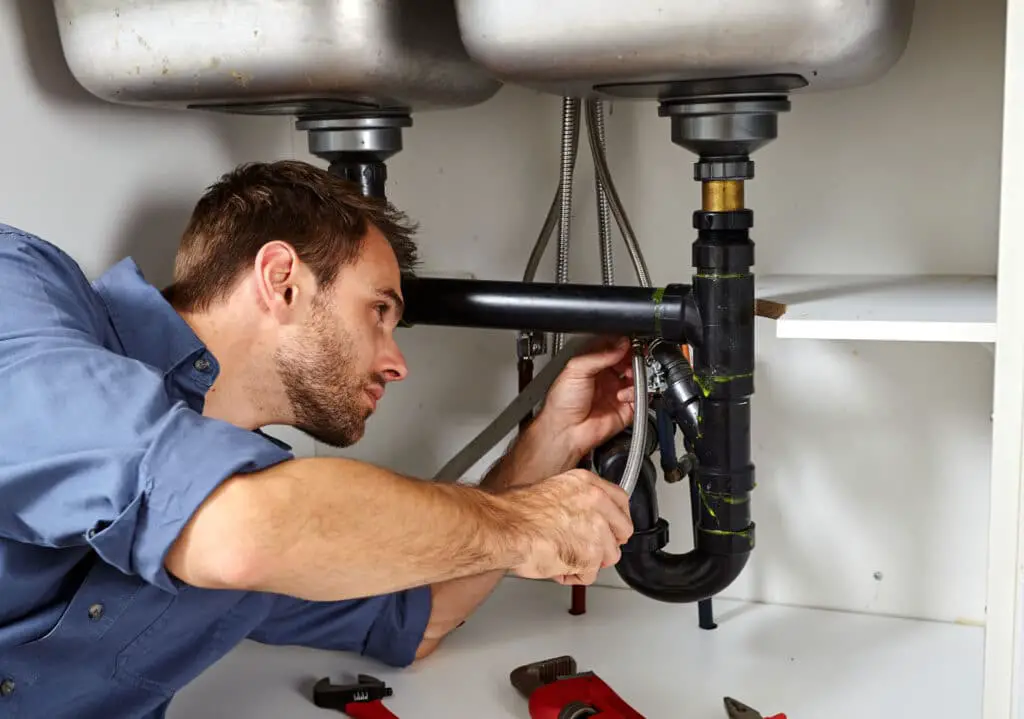
Can hose bibs freeze?
Traditional hose bibs are prone to freezing in cold weather, which can cause pipes to burst. To prevent this, homeowners can install frost-free or freeze-proof hose bibs that are designed to drain water from the pipe when turned off, reducing the risk of freezing.
Hose bibs can indeed freeze, especially in colder climates and during winter months. When water remains stagnant inside the pipe of a hose bib, it becomes susceptible to freezing when temperatures drop below freezing point (32°F or 0°C). This can lead to potential damage to the plumbing system and even burst pipes.
You might want to put in hose bibs that won’t freeze or frost. With these bibs, the valve stem is longer and goes into the warm building interior, where the water supply line is less likely to freeze. Before winter comes, take off any lines that are connected to the hose bib and let all the water drain out. Water that stays in the hose for too long can freeze and damage the hose bib and pipes.
Insulate the hose bib and the surrounding pipes with foam insulation sleeves or wraps. This helps provide an extra layer of protection against freezing temperatures. In extremely cold weather, shut off the water supply to the hose bib from the main shut-off valve inside the building. Then, open the hose bib valve to allow any remaining water to drain out completely.
By taking these preventive measures, you can minimize the risk of frozen hose bibs and potential damage to your plumbing system. It’s essential to stay vigilant and take appropriate steps to protect hose bibs during cold weather conditions.
Are there different types of hose bibs?
Yes, there are different types of hose bibs available to suit specific needs. Some hose bibs have built-in backflow preventers to protect the water supply, while others may offer adjustable flow control or locking mechanisms for added security.
This is the most basic and common type of hose bib. It features a simple valve mechanism and a threaded spout for attaching a garden hose. Standard hose bibs are suitable for general outdoor. They have a longer valve stem that extends into the heated interior of the building, protecting the water supply from freezing temperatures. A quarter-turn hose bib operates with a 90-degree rotation of the handle or knob, allowing for quick and easy on/off operation.
How can I maintain my hose bib?
Regular maintenance of a hose bib includes checking for leaks, ensuring proper insulation in colder climates, and protecting it from extreme weather conditions. It is also important to disconnect hoses and drain the bib before winter to prevent freezing and potential damage to the plumbing system.
To ensure the proper functioning and longevity of your hose bib, regular maintenance is essential. Here are some maintenance tips for your hose bib:
Check for Leaks
Regularly inspect your hose bib for any signs of leaks or drips. Leaks can waste water and indicate potential issues with the valve or seals. If you notice a leak, repair or replace the faulty components promptly.
Winterize the Hose Bib
Before winter arrives, it’s crucial to protect your hose bib from freezing temperatures. Disconnect any hoses attached to the bib and drain the water completely. Consider installing insulation sleeves or wraps around the hose bib and nearby pipes to provide additional protection against freezing.
Clean the Hose Bib
Over time, dirt, debris, and mineral deposits can accumulate in the hose bib, affecting its performance. Periodically clean the spout and the valve mechanism using a brush, water, and a mild detergent. Rinse thoroughly to remove any residue.
Lubricate Moving Parts
Apply a silicone-based lubricant to the moving parts of the hose bib, such as the valve stem and handle. This helps ensure smooth operation and prevents stiffness or corrosion.
Test the Water Flow
Turn on the hose bib and check the water flow regularly. If you notice reduced flow or uneven spray patterns, there may be a blockage or a faulty component. Clean or replace any clogged filters or screens and inspect the hose for any kinks or damages.
Inspect for Damage
Periodically inspect the hose bib for any visible damages, such as cracks, rust, or loose connections. Repair or replace any damaged components to maintain the integrity of the hose bib.
By following these maintenance practices, you can keep your hose bib in good condition, prolong its lifespan, and ensure efficient and reliable water access for your outdoor activities.
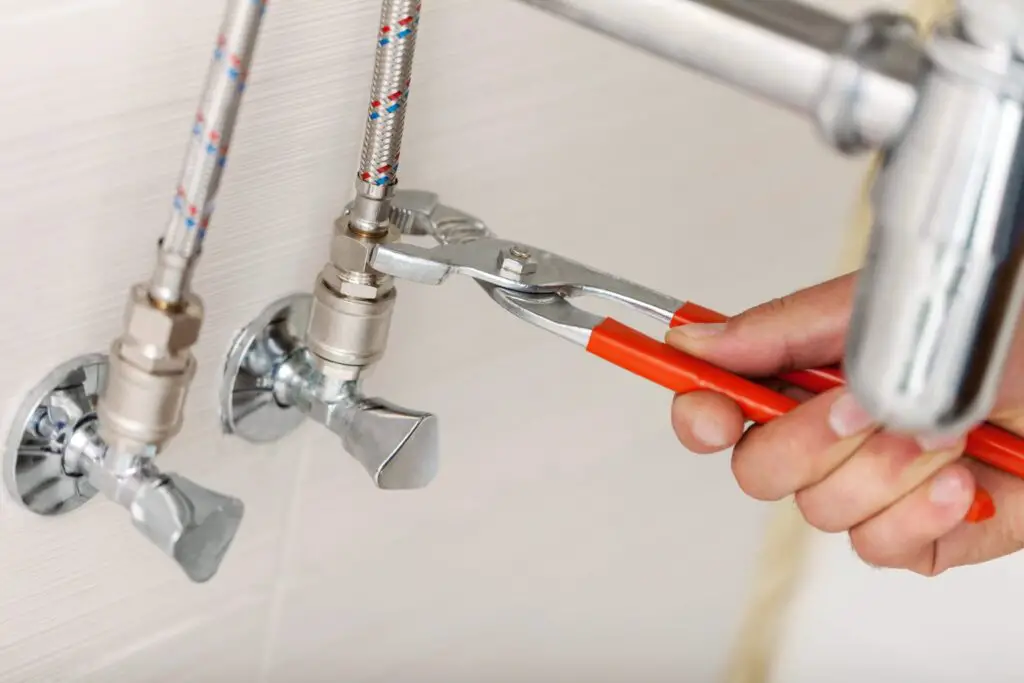
Conclusion
A hose bib is a vital plumbing fixture that serves as an outdoor water source for a multitude of purposes. Whether it’s watering plants, washing cars, or cleaning outdoor spaces, the hose bib enables easy access to water in a controlled and convenient manner.
The installation of hose bibs involves connecting them to the existing water supply lines, extending the plumbing system to the exterior of buildings. In colder regions, frost-free or freeze-proof hose bibs are used to prevent water from freezing and causing damage.
Hose bibs come in various sizes, styles, and configurations to suit different applications and preferences. Additional features such as backflow preventers, flow control, and locking mechanisms further enhance their functionality and usability.



